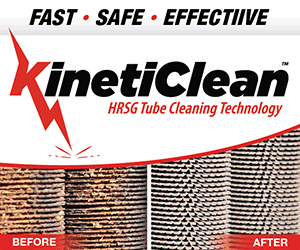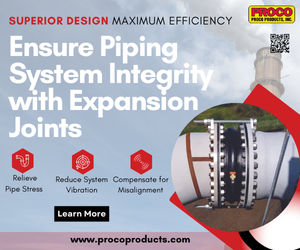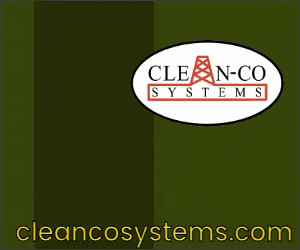
Mariposa Energy Project
Owned by Diamond Generating Corp
Operated by DGC Operations
200 MW, gas-fired 4 × 0 LM6000PC-powered (Sprint equipped) peaking plant, located in Alameda County, Calif
Plant manager: Justin Crook
Background. Mariposa is required to start and come to full load within 30 minutes. The plant uses 19% aqueous ammonia for NOx control in its SCRs and is equipped with CO catalyst.
As designed, when a start command was issued both of the unit’s dilution-air fans would start. When they were in service, the dilution-air heater would begin heating the air supplied to the ammonia injection grid (AIG). The ammonia heater has three heating elements attached to the piping into the AIG: an in-duct heater that uses gas-turbine exhaust as the heat source, a 90-kW heater, and a 9-kW band heater. These elements were programmed in the DCS to maintain the pipe section at 800F.
The ammonia-system injection permissive requires the AIG temperature to reach 540F and the ammonia 350F before reagent injection can proceed. Warmup typically took between 12 and 15 minutes. In normal operation, the system was able to adequately control NOx and CO emissions.
During shutdown, the original design called for closing the ammonia-supply block valve when the 52G generator breaker opened. This control scheme effectively cuts off ammonia flow to the SCR while the GT is in its 5-minute cooldown period.
Challenge. Mariposa had been experiencing difficulty holding CO and NOx emissions within permit limits during plant startups and shutdowns. The issue had slowly been getting worse over time, and despite a recent CO catalyst replacement, continued to present risks to site availability and reliability.
Solution. The first step was to determine if 24/7 operation of electric heaters was required. Staff timed system warmup with the piping preheated versus the warmup time if the system started from ambient temperature. This test determined there was no benefit from 24/7 operation of the electric heaters because both warmup times were about 15 minutes.
The first improvement to the system: Turn off the 90-kW and band heaters when the unit was offline. While doing this, personnel found that all units showed significant distortion of the 6-in. piping downstream of the ammonia injection point. The distortion was attributed to the continuous heating of the band-heater section to 800F when the unit was offline with no air flow through the piping; plus, insufficient piping support (photo).

The second improvement was to reduce the 15-min warmup time for the ammonia injection system. When the plant received normal dispatch instructions 30 minutes prior to breaker closure, they enabled preheating of the ammonia injection system to begin 15-20 minutes before initiating a unit start.
While doing this, personnel observed ammonia injection becoming available within 5 minutes of engine start. Seeing the positive results from initial testing, staff added a button and programming to the DCS which would put all units, or an individual unit, in preheat condition prior to startup.
The third improvement was to address shutdown emissions for NOx that were close to the permit limits. This change focused on the ammonia block valve, which closed during the normal cooldown cycle. As valve closure essentially allowed 5+ minutes of uncontrolled emissions, personnel changed the auto close to be based on the GT fuel-gas valve rather than “breaker open.” This controlled emissions during engine cooldown with minimum ammonia flow (30 lb/hr) to the SCR during the turbine cooldown period and did not allow ammonia flow when the engine was offline.
Results:
Improvement 1. By only running the electric heaters during plant operation, plant auxiliary load was reduced. Warped piping was replaced before its inevitable failure.
Improvement 2. Reducing the start time for ammonia injection from 15 to 5 minutes greatly reduced emissions during startup evolutions, which now fall well with permit limits.
Improvement 3. Changing the shutdown logic has given the facility additional margin in the shutdown emissions limits.
The three improvements together have reduced the plant’s parasitic load, annual emissions, and potential for a notice of violation and forced outage. Cost of the improvement was minimal because the projects were completed with plant staff and current equipment.
When this best practice was submitted for judging, there was insufficient data for 2024 to determine the actual cost saving associated with the reduction in parasitic load and the value of annual emission credits.
Project participants:
Justin Crook, plant manager
Fred Yarcho, O&M manager
Oliver Caoili, IC&E technician









